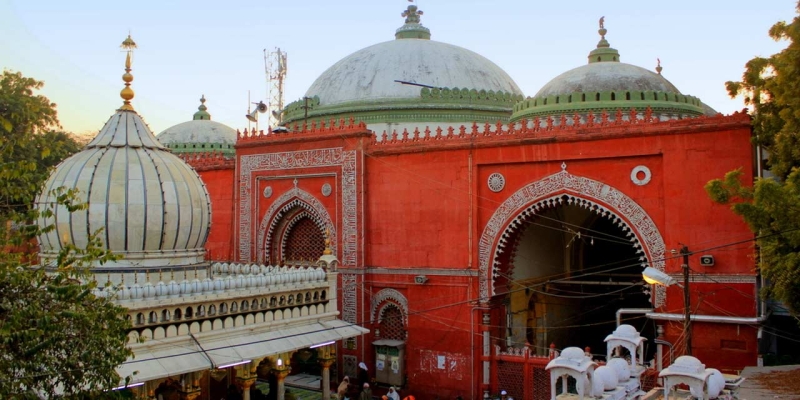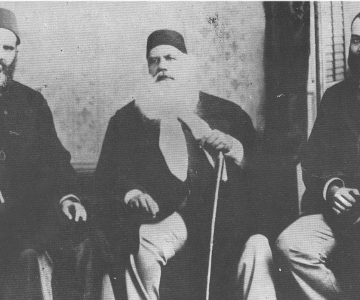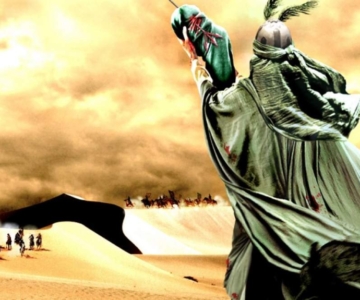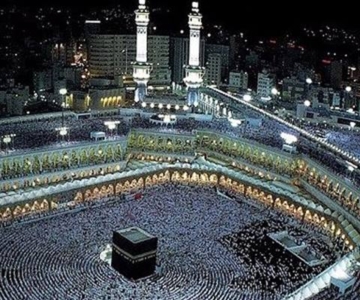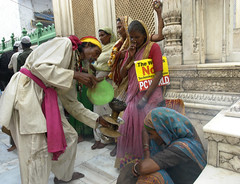 So I go there again and again. I feel the magic of its atmosphere and I believe it is due to the tomb. The more I get closer to it, the more I feel its presence. [photo credit here]
So I go there again and again. I feel the magic of its atmosphere and I believe it is due to the tomb. The more I get closer to it, the more I feel its presence. [photo credit here]
After reading my post on her, Marta sent her essay on Nizamuddin Auliya that she wrote in 1987. It is a great read, enriched by personal experience and interspersed with sensitive observations.
Marta has an intimate tone about the place and this reflects both her devotion and fascination. The essay starts with these lines:
I sit in front of the tomb for hours. I look so intensively at it as if I were expecting some answers back. I lie, my back on the surrounding tombs, and I feel totally comfortable.
She tries to make sense of the pull that she experiences at the shrine:
But in front of the Dargah I sit for hours in a delighted spirit. I have no explanation for that. I don’t belong to Islam nor to any other religion; I don’t actually worship there and tourists, usually, when have been there once, don’t feel the need to go back again. While I do.
In a quintessential Sufi mood she writes:
I love to walk barefoot on the pavement. I understand it is a sign of respect and humility, yet to me it is, more then anything else, a pleasure. I feel an immediate communion with the environment, I pursue the fantasy of the thousands of bare feet that must have walked along the same paths and I feel the warmth of them all.
I don’t want to be intrusive. Still, I feel as a lover who walks under the windows of his/her beloved just to see if the light is on or off.
And,
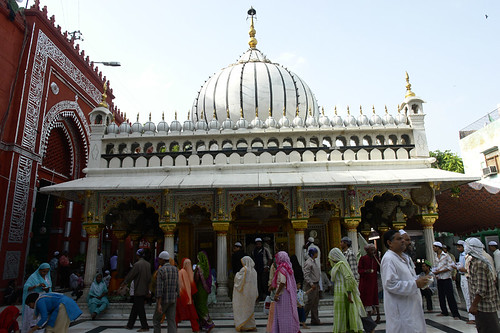 I have seen more human beings at this spot in six months then in my 27 years of life. Their presence heals me. It seems to help me on getting in touch with the inner part of myself.
I have seen more human beings at this spot in six months then in my 27 years of life. Their presence heals me. It seems to help me on getting in touch with the inner part of myself.
Many would object to this but she uncannily notes the significance of the veil, of being hidden from the world …
Then, something funny happens: I don’t want to be noticed, I cover my head with a scarf, I just strongly desire to be as less visible as possible. ……. But could I ever explain to my emancipated female-friends that I understand the freedom under the purdha? Could I ever explain it to any emancipated Muslim woman who has probably struggled hard for the suppression of this backward habit? Or wouldn’t she consider my attitude an insulting contribution to her condition? (Image credit)
And Marta finally decides “not to do anything about it” and leaves purdha in her “prohibited dreams, the only place where it has probably a right to stay.”
Another insightful remark:
Either religion comes down to earth, or man rises up, closer to heaven: somehow they meet. And in front of the Dargah I finally feel that.
She is clear about one thing:
Since I believe that the try of explaining emotions through rationality is a useless job, I won’t go for it. Emotions are so sublime and precious that the best I can do is to listen to them.
Thanks Marta for such moving lines…
The complete essay can be accessed here
